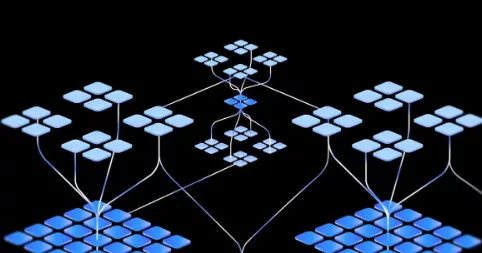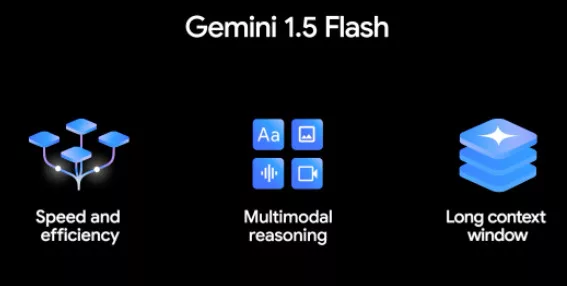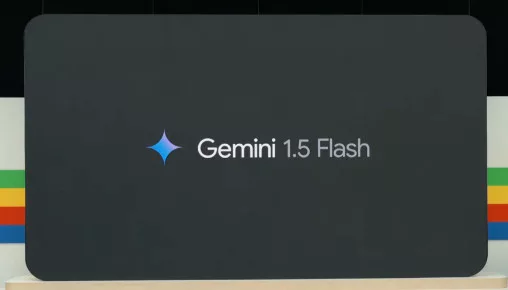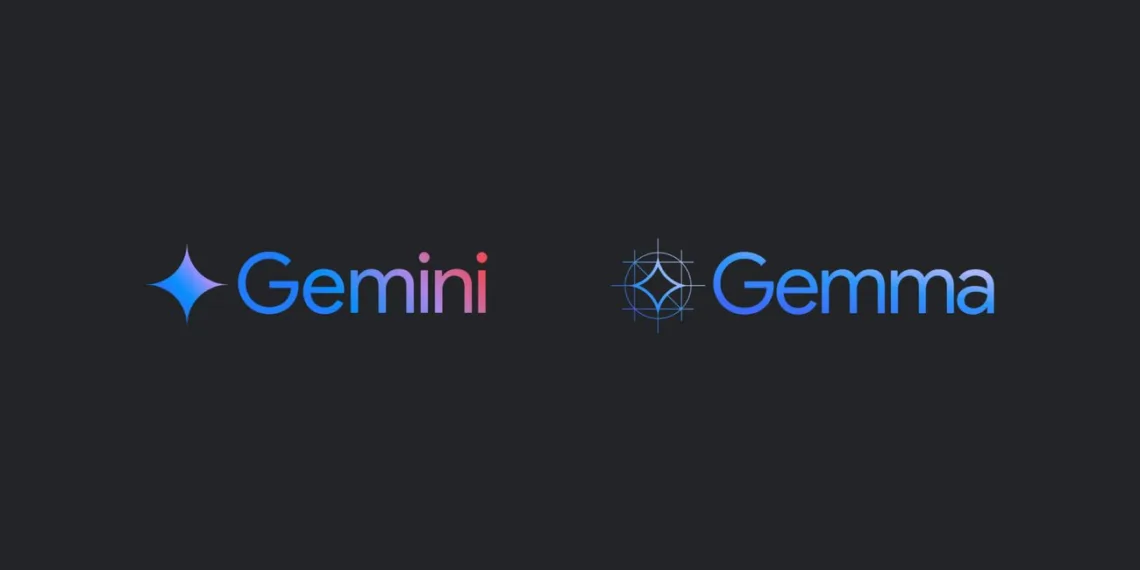Google conducted its annual event, Google I/O, aimed at developers, during which it presented new advancements in artificial intelligence; specifically, it introduced new AI models and revealed updates on enhancements to existing infrastructure. The company talked about the two million token context window for Gemini 1.5 Pro which is now available for developers. Furthermore, a faster variant of Gemini and the next Google’s small language model, named Gemma 2, were disclosed.

All About Gemini 1.5 Pro and Flash
The event started as Google CEO Sundar Pichai centered the attention around the major announcement: While a one million token context window was introduced earlier this year, it was solely accessible to developers. As a result, Google has made the two million token context window publicly available for public preview on Google AI Studio and Vertex AI. Nevertheless, only developers on a waitlist will be granted access to the award through the API and Google Cloud customers.

According to the usage of the two million context window, the AI model can make the information affiliated with two hours of video, 22 hours of audio, over 60,000 lines of code, and over 1.4 million words processed in a single example. In addition to a better understanding of the context, Google has improved Gemini 1.5 Pro code generation abilities, logical thinking, planning, multi-layered dialog, and image and audio comprehension. Gemini Advanced and Workspace applications have already started incorporating this high-level AI model.

In addition to that, Google also presented the latest addition to its Gemini AI models, Gemini 1.5 Flash. It is characterized as a lightweight model that prioritizes speed, responsiveness, as well as cost-efficiency. Although it cannot be used for complex actions, it is perfect for such applications as summarization, chat, contextually-aware image and video captioning, and data extraction from long documents, scientific papers, and tables.
Lastly, Google revealed its next-generation, smaller AI model – Gemma 2. The new model will have 27 billion parameters. Regardless of its small size, it is efficiently operated on a single TPU or a cluster of GPUs. However, the benchmark scores are currently not available.








